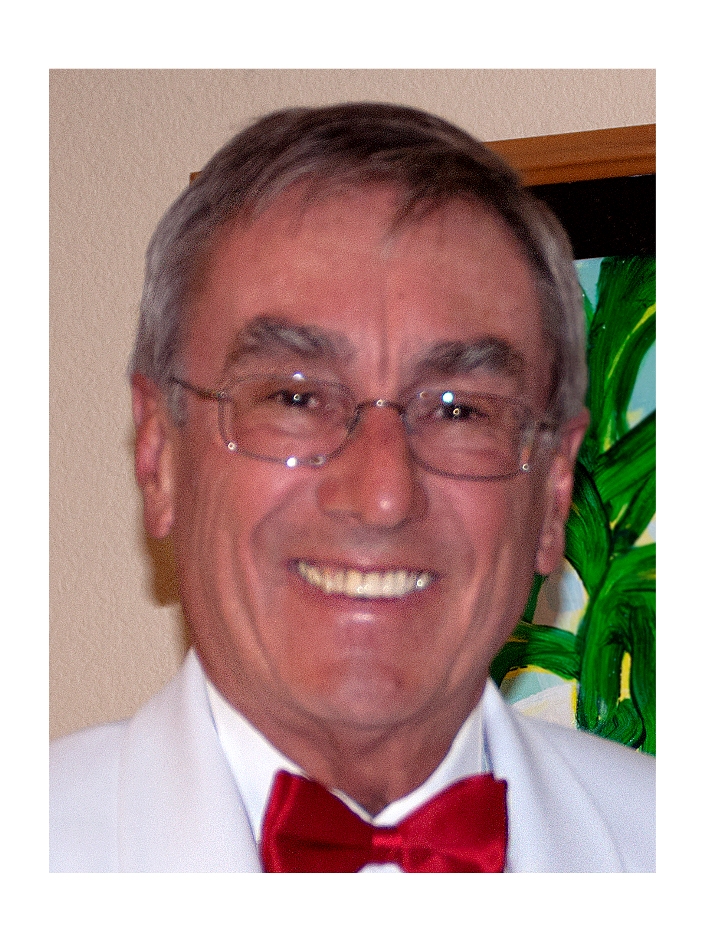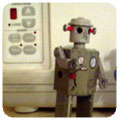
|
Rodney M. Goodman B.Sc., Ph.D., C.Eng., SMIEEE, FIEE.Learning Controllers - A Casebased Reasoning ApproachDavid Babcock Abstract
The goal of this project is to develop “intelligent”
controllers that learn to control the system they are applied to
through “guided trial and error.” Linear control theory is very powerful when a linear mathematical model of the system to be controlled is available. It can be used to design controllers that guarantee certain stability and performance specifications under fairly general uncertainties in the system. When the system is inherently non-linear (as are all physical systems to some degree), the order of the linear system necessary to model the dynamics and the size of permissible uncertainties can be large. These problems lead to either excessive computation time to design a controller and/or reduced performance capabilities. Non-linear control theory provides some methodologies for systems that satisfy certain assumptions. However, these methods also require a mathematical model of the system and are often limited to select classes of system. Neurocontrol is a field that employs non-parametric function approximators, often in the form of feedforward neural networks, to "learn" the underlying dynamics of the system. Such controllers do not require a mathematical model (although any a priori knowledge can be useful in providing an initial state for the controller) and can be adapted on-line to adjust to the specific physical conditions such as wear, discrepancies with a mathematical model, unknown physical parameters, etc. The general function approximation capabilities of neural networks also allows them to be used on systems that pose modeling difficulties. Unfortunately the non-linear nature of neural networks produces a closed loop system which is non-linear, hence stability and performance can only be demonstrated empirically without analytic guarantees (which would also require a mathematical model of the system). Research Our research focuses on a form of neurocontrol
called casebased reasoning. This type of control is based on the
concept of repeating successful past actions to similar current
situations, much like human beings do when presented with a new
situation. Each unique experience, in the form of applied input
and resulting output pairs, is "memorized" as a case in
the casebase. Based on the current desired output, the system "recalls"
the "closest" case(s) to determine a set of nominal inputs.
The modification algorithm then adjusts the nominal inputs to account
for discrepancies between the nominal case(s) and the actual desired
output. Once this new input is applied to the physical plant, the
corresponding output can be observed and the new input-output pair
can be added as an additional case in the casebase. Hence the system
expands its knowledge of the physical plant through "guided
trial-and-error". The system improves its performance over
time by using the information it gains through each attempt. A teacher
can be used (or equivalently cases can be preloaded into the casebase)
to guide the learning process or the system can be left to simply
perform random trials until it "gets the idea." Achievements |
|||||
